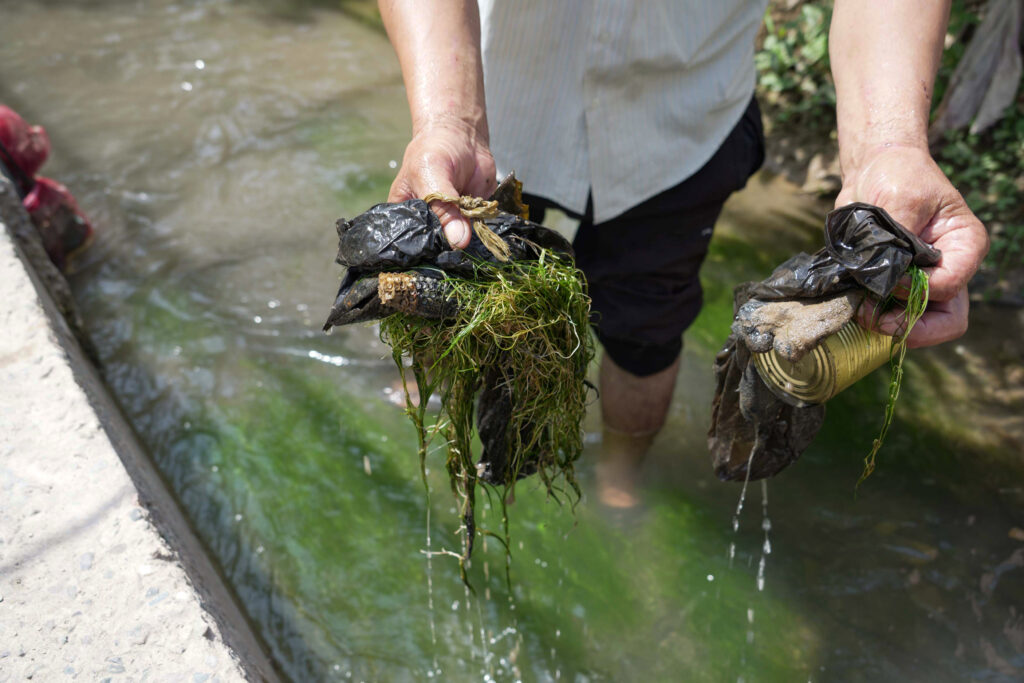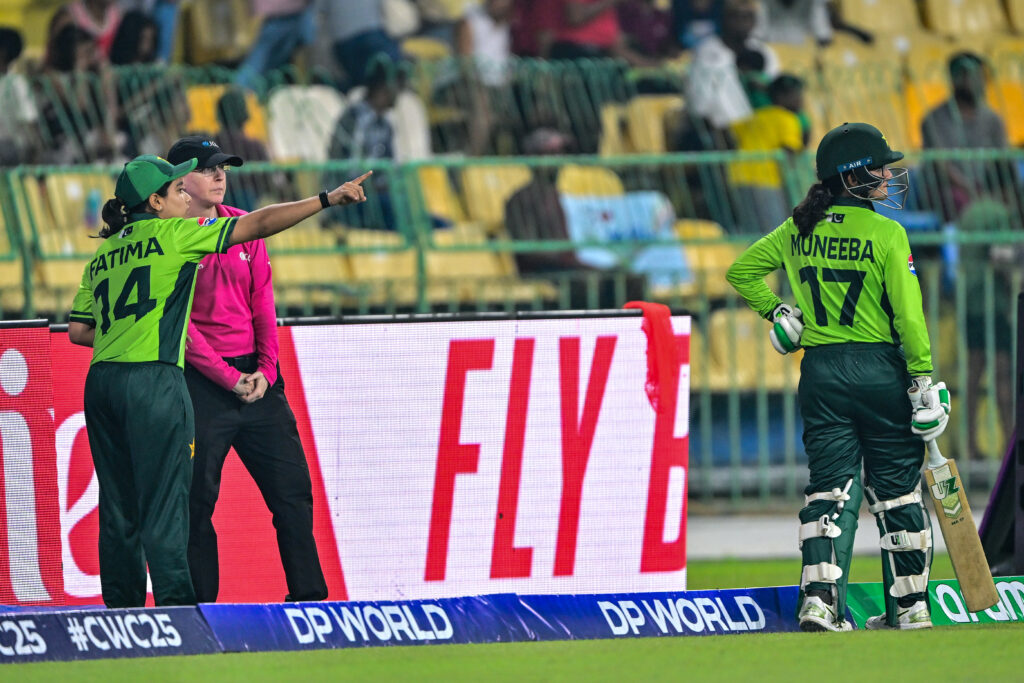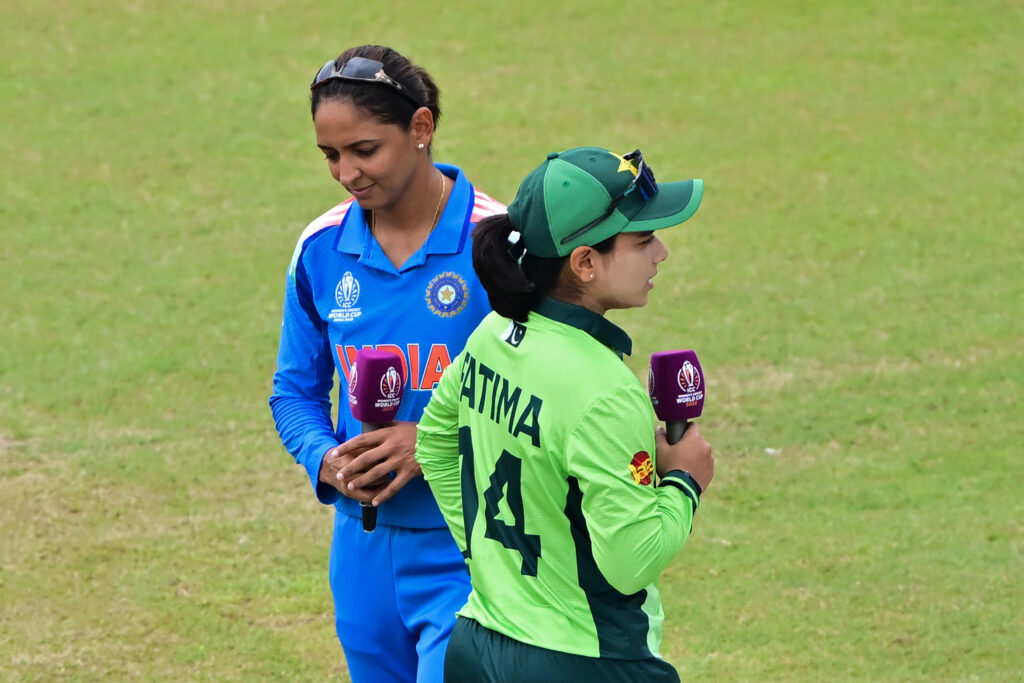Rescuers scramble to deliver aid after deadly Nepal, India floods
Rescuers in Nepal and India on Monday scrambled to deliver emergency aid after days of torrential rain triggered landslides and floods that have killed more than 70 people, officials said.The downpours, which began on October 3, have now eased, but rescue teams are still struggling to reach several cut-off areas with roads blocked and bridges washed away.Monsoon rains, usually from June to September, bring widespread death and destruction every year across South Asia, but the number of fatal floods and landslides has increased in recent years.Experts say climate change has worsened their schedule, frequency and intensity. Nepal’s National Disaster Risk Reduction and Management Authority said at least 46 people have died in rain-related incidents — two more than the previous day — while six others remain missing.”We had to walk long distances through the hills, even fixing ropes to cross the swollen river,” local district police official Laxmi Bhandari told AFP. “Now that the rain has stopped, we are more committed to providing relief and carrying out rescue operations for the village.”Security forces have been deployed with helicopters and motorboats to assist the efforts. Several highways blocked over the weekend slowly opened up Monday to allow movement of stranded travellers — many returning after celebrating the Hindu festival of Dashain.- ‘House of cards’ -Across the border in eastern India, at least 28 people were killed in the storms, officials said, as rescuers struggled to reach worst hit spots in the Himalayan region.The tea-growing hills of Darjeeling in West Bengal state were among the hardest hit.”Landslides have been reported from 35 locations in the hills of Darjeeling and more than 100 houses have been destroyed,” Praween Prakash, a West Bengal state police official told AFP, confirming 28 deaths.”At least 10 people in Darjeeling could not be traced… the death toll could rise once rescuers reach the remote places,” he added.Hundreds of tourists remain stranded in and around Darjeeling, with authorities advising them to stay put until roads can be cleared.Local officials said some stranded visitors were rescued on elephants.”When we woke up on Sunday, the road was gone,” tourist Saurav Patil, 65, told AFP. “We are counting the days to leave.”Anita Thapa, 35, a Darjeeling local, said her “home on the top of the hill came down like a house of cards”.”Everything is gone,” Thapa told AFP.Downpours also swelled rivers in neighbouring Bhutan, prompting the Indian army to join rescue efforts.






